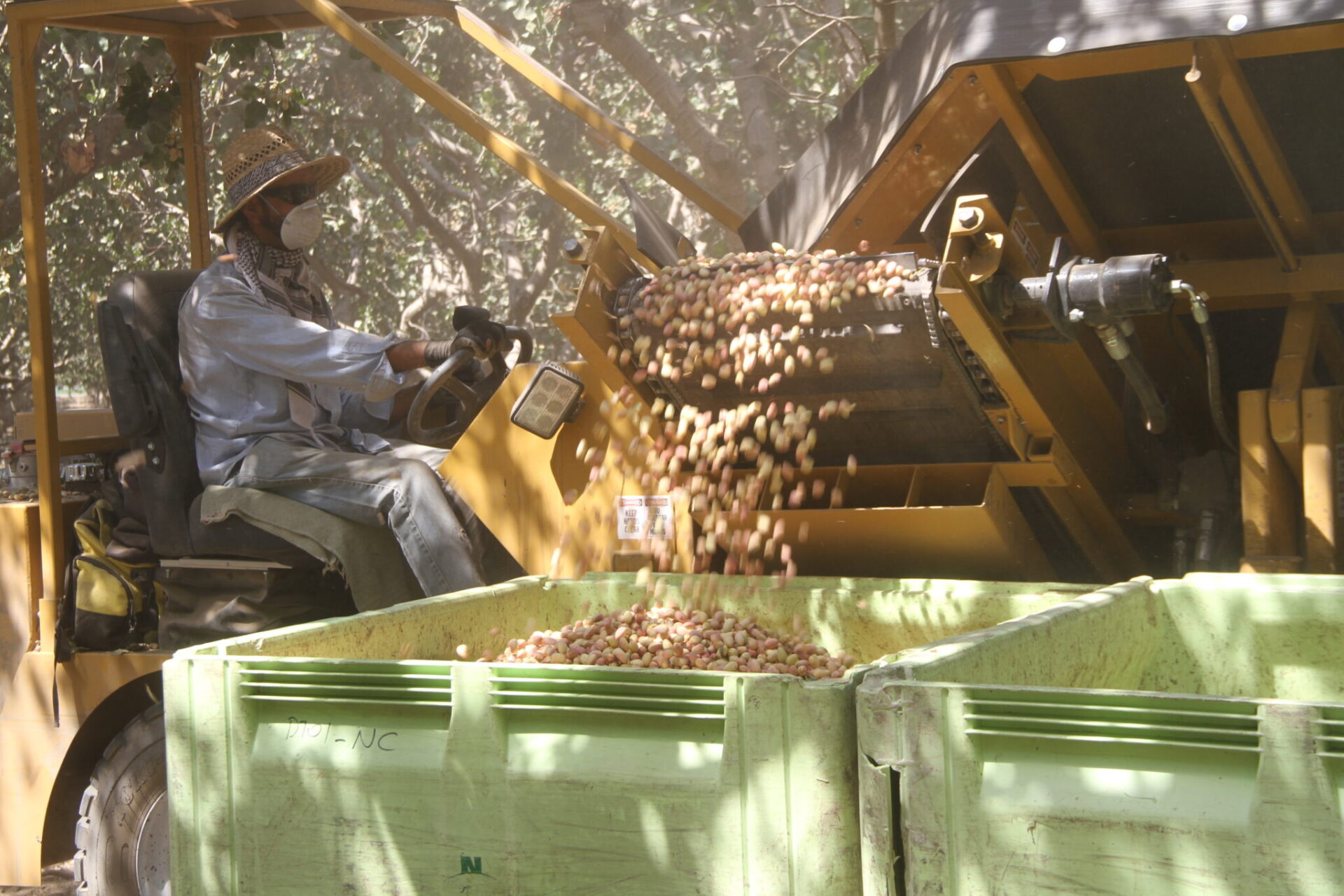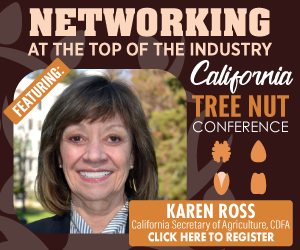
California Pistachio Research Board is providing funding for a project that looks to increase fruit removal efficiency and reduce pistachio tree damage during harvest using artificial intelligence (AI).
Project lead Reza Ehsani, professor in the School of Engineering at UC Merced, hopes the project will optimize the shaking parameters for each pistachio tree based on its size and canopy characteristics and ultimately be useful in developing the next generation of intelligent harvesting machines.
Ehsani said the specific goals of the project are to evaluate the effect of shaking parameters, namely shaking frequency and shaking pattern, on the energy distribution through the tree branches, and to develop a model to optimize the shaking frequency for individual pistachio trees based on their trunk size.
Ehsani said that the harvesting process could be made easier for the operator and improve productivity and knowledge transfer.

“AI can help to automate some of the tasks that currently are done by the operator, which could potentially increase the productivity of the operator by reducing their workload,” he said. “The AI can also learn how an experienced operator shakes a tree and later suggest the optimum shaking setting for each tree to a new operator.”
Currently researchers are looking how the changing mass of the tree canopy during fruit drop impacts shaking and how shaking frequency can be altered for changes in mass.
“Our next step in this project is to develop a sensor that can measure fruit drop rate and provide feedback to the shaking system of the harvester on how to change the shaking frequency and optimize the duration of shaking,” he said.
Additionally, according to Ehsani, the project is also working to develop a system to monitor and record how an experienced driver shakes different trees and decides where to connect the shaker clamp as well as how long and at what frequency each tree is shaken.
“[This] could help us to develop an artificial intelligence model for optimum shaking of each tree in the orchard,” he said.










